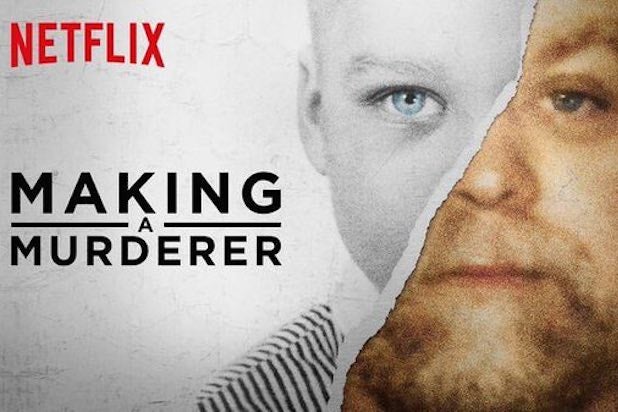We are going to look at how two documentaries that extend past the courtroom and take a deeper look their cases. As we watch The Thin Blue Line and Making a Murder, we see Randall Dale Adams, Steven Avery, and Brenden Dassey reflect on their experiences and strive to maintain their innocence.
The Thin Blue Line is documentary film created by Errol Morris in 1988, and at the time was considered to be the greatest documentary ever made. The film centers around Randall Dale Adams who was sentenced to death by Judge Donald J. Metcalfe for the murder of Officer Robert Wood, despite all evidence leading to a 16-year-old David Ray Harris. Throughout the film, Morris clearly shows that the only reason for Adams' conviction was because the city wanted justice for Officer Wood, and could not sentence Harris to death because he was a minor. To many, the way this trial progressed was shocking. As I watched the film I remember thinking "how does any of this make sense, how could a man so clearly innocent be convicted and sentenced to death.”
Making a Murderer and The Thin Blue Line are similar in the types of stories they are telling. Making a Murderer differs in the fact that rather than a typical documentary film, it is a 10-part series, in which directors Laura Ricciardi, Moira Demos tell the story of Steven Avery and his Nephew Brenden Dassey’s arrests and convictions in the murder of local photographer Teresa Halbach. As the documentary that took 10 years of filming unfolds more and more with each episode, we begin to see that Avery and Dassey may not be the cold-blooded killers that the police have made them out to be.
Both documentaries not only make us question our judicial system and our police, but they also make us concerned for these individuals who seem to be completely innocent, yet were sentenced to lengthy stints in prisons, or even to death.
In the case of Adams, there was no doubt that he was innocent of the crimes he had been convicted of, and within a year of The Thin Blue Line’s release, he had been exonerated and released from prison. Because of Morris’s beautifully made documentary, this innocent man who would have been put to death, now has the opportunity to make a life for himself. Making a Murderer had a similar effect for Dassey, who’s conviction was overturned by a federal judge because the police unconstitutionally coerced him to confess to the murder, and this confession was the only substantial evidence in his case. Currently, Dassey is waiting to be released from prison, unless the state of Wisconsin is able to convict him in a retrial before February 12th of 2017. Despite the effect these films have had for Adams and Dassey, Avery has had no such luck. He maintains that he had been framed by police because he had been working to expose corruption in local law enforcement.
Both of these documentaries had had a huge influence, not just on the lived they saved from prison, but also on our society. These films have reminded us that just because someone was accused, and sometimes even convicted, could not still mean that they are truly guilty. It is a terrifying reality that innocent people are convicted, and sent to prison or even death, simply because they were easy targets for law enforcement and the courts. These documentaries show us these absurd injustices, making us face their dark reality, causing us to ask ourselves how we could possibly make things right.
You can buy or rent The Thin Blue Line on Amazon video.
Both The Thin Blue Line and Making a Murderer can be watched or rented with your Netflix subscription

No comments:
Post a Comment